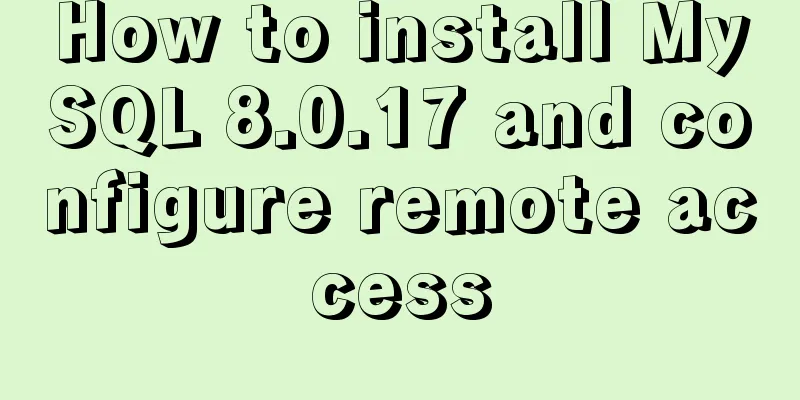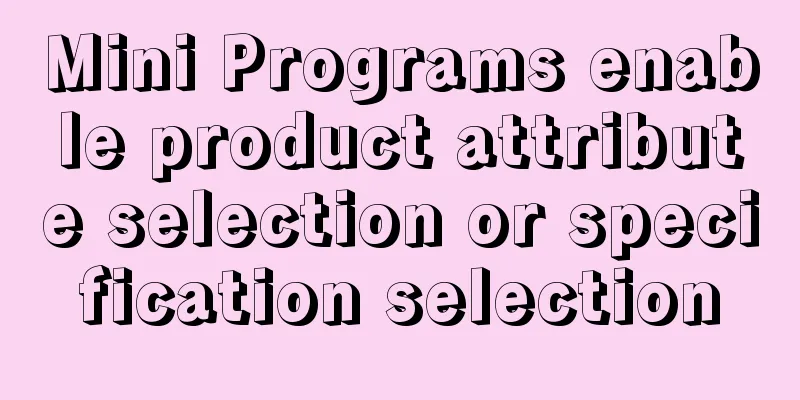How to use mqtt in uniapp project

|
Since we need to get some real-time data and display it on the mobile app, we thought of using mqtt for instant messaging. The following is the whole process of introducing mqtt in uniapp: 1. Reference plugins in the uniapp plugin markethttps://ext.dcloud.net.cn/plugin?id=854 2. Specific introduction process1. Install mqtt and uuidRun the command lines to install mqtt and uuid respectively in the root directory of the uniapp project. Because uuid will be used to generate the clientId of mqtt later, they are installed together here. npm install [email protected] npm install uuid
Ps. ①The mqtt version installed by me here is the same as the plug-in provided by uniapp. I also tried to install the latest version, and it will report an error, emmmmm........... ②If there is no pakage.json, the installation will prompt an error, but it will not affect the installation and use. If you want to be more convenient, you can add a pakage.json file to the project root directory and add the following content to it:
{
"name": "",
"version": "1.0.0",
"description": "",
"author": "",
"license": "MIT",
"dependencies": {
"mqtt": "^3.0.0",
"uuid": "^8.3.0"
},
"devDependencies": {},
"scripts": {}
}2. The page introduces mqtt and calls①mqtt connection configuration, placed in /utils/mqtt.js, globally available.
export const MQTT_IP = '192.168.9.128:8083/mqtt' //mqtt address port const MQTT_USERNAME = 'public' //mqtt username const MQTT_PASSWORD = 'public' //password export const MQTT_OPTIONS = {
connectTimeout: 5000,
clientId: '',
username: MQTT_USERNAME,
password: MQTT_PASSWORD,
clean: false
}②vue page references mqtt The clientId in mqtt uses uuid to generate a unique identification code to prevent data from sticking when different pages subscribe to different topics.
<script>
import { v4 } from 'uuid';
import {
MQTT_IP,
MQTT_OPTIONS
} from '@/utils/mqtt.js';
var mqtt = require('mqtt/dist/mqtt.js')
var client
export default {
data() {
return {
topic: '' // Topic to subscribe to}
},
mounted() {this.connect() //connect},
methods: {
connect() {
MQTT_OPTIONS.clientId = v4()
var that = this
// #ifdef H5
client = mqtt.connect('ws://' + MQTT_IP, MQTT_OPTIONS)
// #endif
// #ifdef MP-WEIXIN||APP-PLUS
client = mqtt.connect('wx://' + MQTT_IP, MQTT_OPTIONS)
// #endif
client.on('connect', function() {
console.log('Connection successful')
client.subscribe(that.topic, function(err) {
if (!err) {
console.log('Subscription successful')
}
})
}).on('reconnect', function(error) {
console.log('Reconnecting...', that.topic)
}).on('error', function(error) {
console.log('Connection failed...', error)
}).on('end', function() {
console.log('Connection disconnected')
}).on('message', function(topic, message) {
console.log('Receive push information:', message.toString())
})
}
}
}
</script>3. Operation resultsData changes in real time.
The above is the sharing of methods of using MQTT in uniapp. The above is the details of how to use MQTT in the uniapp project. For more information about uniapp's use of MQTT, please pay attention to other related articles on 123WORDPRESS.COM! You may also be interested in:
|
<<: How to deploy redis in linux environment and install it in docker
>>: Solution to MySQL error code 1862 your password has expired
Recommend
CSS3 uses transform deformation combined with events to complete fan-shaped navigation
Because I wrote the word transition incorrectly i...
Native js realizes the drag and drop of the nine-square grid
Use native JS to write a nine-square grid to achi...
How to add a column to a large MySQL table
The question is referenced from: https://www.zhih...
MySQL 8.0.16 installation and configuration method graphic tutorial under Windows
This article records the installation graphic tut...
JS 4 super practical tips to improve development efficiency
Table of contents 1. Short circuit judgment 2. Op...
Three Discussions on Iframe Adaptive Height Code
When building a B/S system interface, you often en...
How to build DockerHub yourself
The Docker Hub we used earlier is provided by Doc...
Detailed explanation of MySQL multi-version concurrency control mechanism (MVCC) source code
Table of contents 1. Introduction 2. MVCC (Multi-...
Angular performance optimization: third-party components and lazy loading technology
Table of contents Overview Environment Preparatio...
Three ways to communicate between Docker containers
We all know that Docker containers are isolated f...
The standard HTML writing method is different from the one automatically generated by Dreamweaver
Copy code The code is as follows: <!--doctype ...
Practice of using SuperMap in Vue
Table of contents Preface Related Materials Vue p...
Understanding v-bind in vue
Table of contents 1. Analysis of key source code ...
A brief discussion on the efficiency of MySQL subquery union and in
Recent product testing found a problem that when ...
JavaScript to achieve a simple page countdown
This article example shares the specific code of ...












